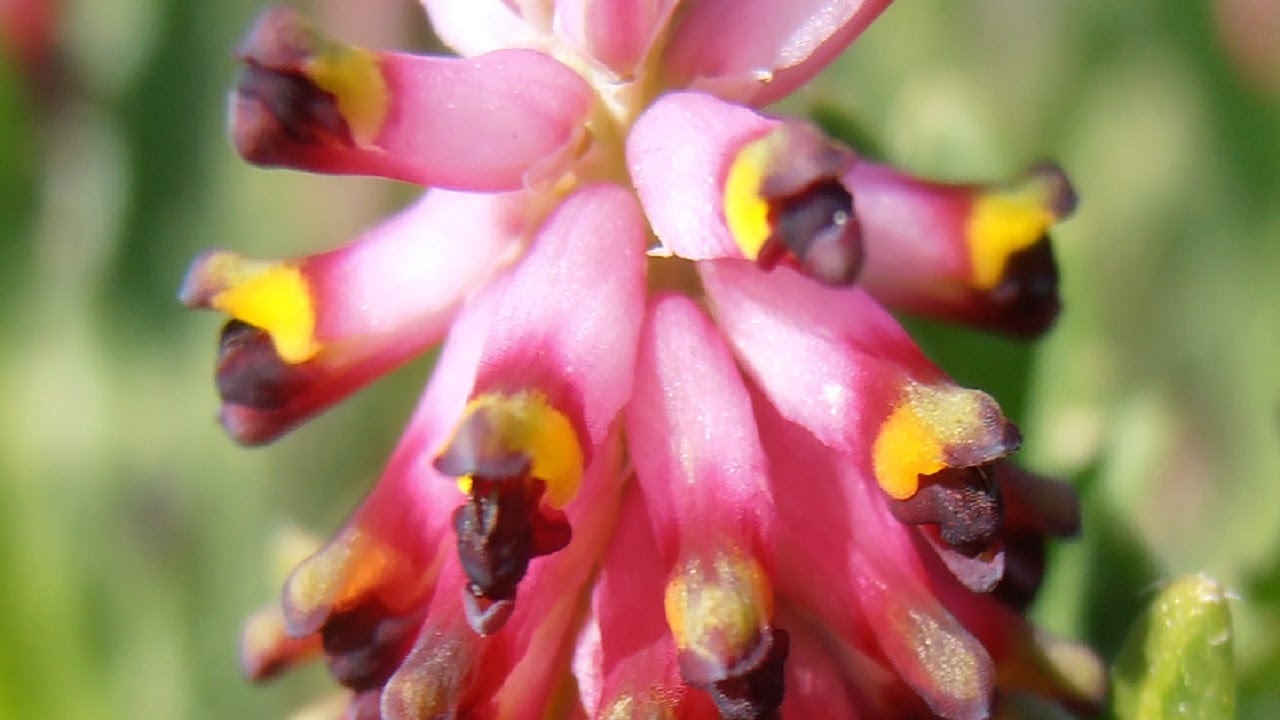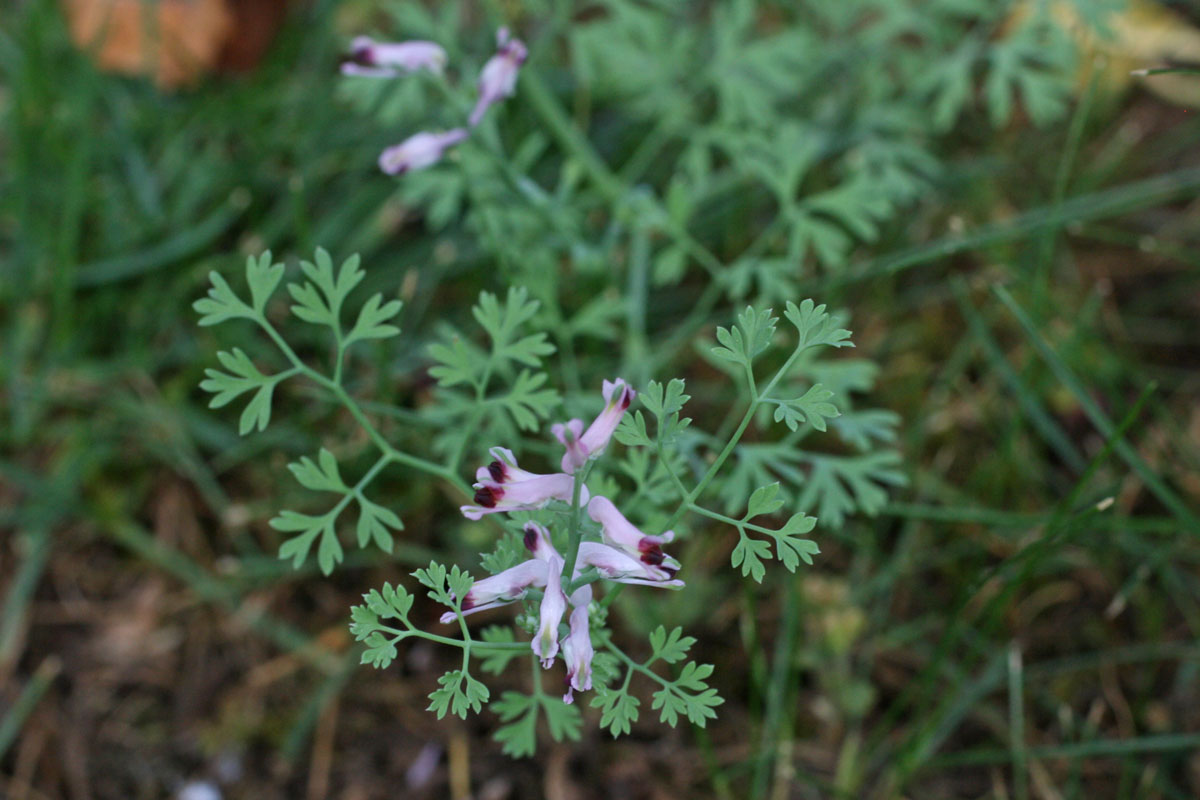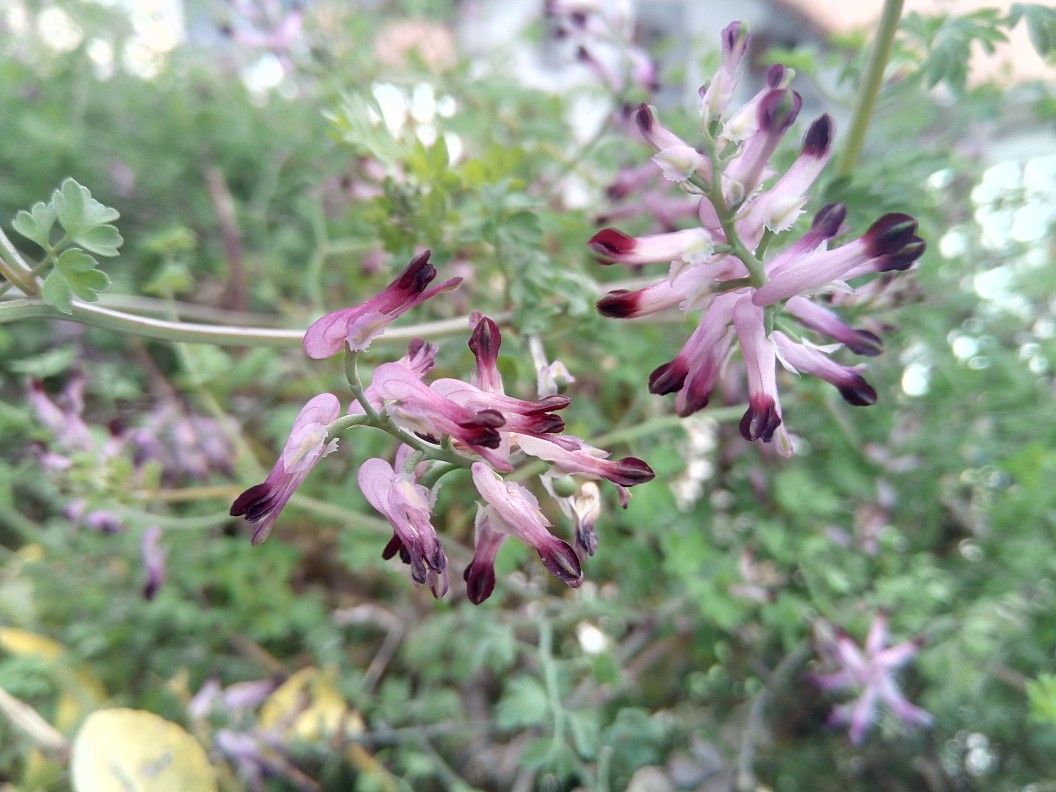La plant blood of Christ It has served, throughout history, as a useful means for medicine in dealing with various diseases. It is distributed almost all over the world and is capable of adapting to different types of soils. In this article, we will deal with several points about it, such as its characteristics and health benefits, among other things.

What is the Sangre de Cristo Plant?
The Sangre de Cristo plant, also called palomilla, is a species of annual herbaceous plant belonging to the Fumaria genus, in the Papaveraceae family. It comes from Europe, being highly used in medicine given its active ingredients that give it the ability to be a potential remedy against diseases.
Due to its adaptability to soils and climates, Fumaria officinalis, the scientific name of the Sangre de Cristo plant, is often seen as an adventitious species of grass in many crops around the planet. That is why finding a moth is considerably easy.
Of all those members of the genus, the blood plant of Christ is the one that most represents them, as it is the most popular. The name of Fumaria comes from the similarity between the color and smell of its roots with respect to smoke.
Fumus means smoke, so Fumaria has the same meaning. In the ancient Roman civilization, people made juices based on the flowers and leaves of this plant, but at the same time they generated irritations in the eyes, as well as the aforementioned gases.
Characteristics of the Sangre de Cristo Plant
The Sangre de Cristo plant is a glabrous herb, with a straight vertical stem and several branches that can reach a height of about 50 cm. Their Kind of leafs they are pinnately compound, which alternate and whose last leaflets are more or less aligned.
In early spring, a group of zygomorphic flowers are born from the plant in terminal clusters that vary between 10 to 25. Each of these inflorescences can measure up to 9 mm long.
The plant is an annual type, whose flowers have a purple color. Their common names, that is to say, blood of Christ, palomilla or fumaria, refer to the tone of the blooms.
The flowers of the blood grass they have two tiny sepals with a white coloration that constitute the calyx. These leaves also have an oval shape and a jagged edge, being narrower than the corolla.
For its part, the corolla has a pink color and is made up of four petals gathered at the apex, but remaining free. Of these leaves, the upper one extends into a spur.
The androecium of blood of christ flower it is diadelphus, that is, it has 6 stamens united by its own filaments in two sets. The latter give the appearance of being, furthermore, divided into 3 anthers. Regarding the gynoecium, it exhibits two carpels together with the superior ovary.
The types of fruits that the Sangre de Cristo plant produces are small convex achenes that are striated/rough and more or less sectioned.
habitats
The Sangre de Cristo plant can be seen in regions where the dry plains are located. It does not require large amounts of water to survive. So it manages to adapt itself without problems to environments in which it is more difficult to prevail.
As the blood of Christ plant can be born and develop in several different crops, for example cereal, it is usually classified as a weed. This case often leads to it being eliminated or separated from the rest of the planting.
On the other hand, those crops that can be irrigated, for example beets, it is possible to see the Sangre de Cristo plant developing normally.
In total, these facts serve as a demonstration of the ability of Fumaria officinalis to adapt, either in dry ecosystems or especially in those with higher humidity.
Geographic location
The Sangre de Cristo plant, despite being native to Europe, was introduced over time to the American and Asian continents. That is why Fumaria officinalis has been able to spread in most regions of the planet.
Particularly, it is very easy to geographically locate the Sangre de Cristo plant in the regions close to the Mediterranean Sea, compared to the areas that are close to the Cantabrian Sea.
The Sangre de Cristo Plant in Medicine
As has been said before, the Sangre de Cristo plant has a wide variety of applications in medicine, due to its multiple properties. It can be seen, in this sense, that it has many alkaloids, which constitute the element that is used to achieve beneficial effects in people.
Among all the alkaloids that Fumaria officinalis contains, it is worth mentioning protopine, which is the most popular and the most beneficial of all its brothers. This active ingredient is useful in those treatments that require antihistamines and analgesics.
In this sense it should be mentioned that protopin is a kind of derivative of opium. This is because both are classified within the same family, the Papaveraceae.
It should also be noted that, despite the benefits of alkaloids, it is necessary to be careful with overdosing, since they can become cardiotoxic when present in large quantities.
In the event that a light infusion of the plant blood plant of Christ is made, it can be used as a hepatoregulator, diuretic and laxative. It can also be applied topically for any condition on the scalp.
On the other hand, it can also be mentioned that Fumaria officinalis is normally used in physiotherapeutic treatments. This is because it can provide benefits that make it function as an anticholinergic, antiarrhythmic, antispasmodic and antibacterial regulator.
Studies of its Active Principles
Several studies have been carried out on the active principles of different medicinal plants, among which is Fumaria officinalis. These investigations are carried out in order to be able to make observations regarding their effects in the moments that they act together and in those in which they work alone.
In several of these studies, the results show that the effects of many active ingredients are synergistic. This means that when they work together, they achieve more than double the benefits compared to when they have to work alone but using each other to the same extent.
Despite the results of the investigations, they have not been able to arrive precisely at the dose and the effects that are sought to optimally apply the Sangre de Cristo plant in medicine. Possibly because its use has decreased compared to how it was traditionally used.



beautiful plant
Thanks for the information
The New Zealand species has a CROSS in the center